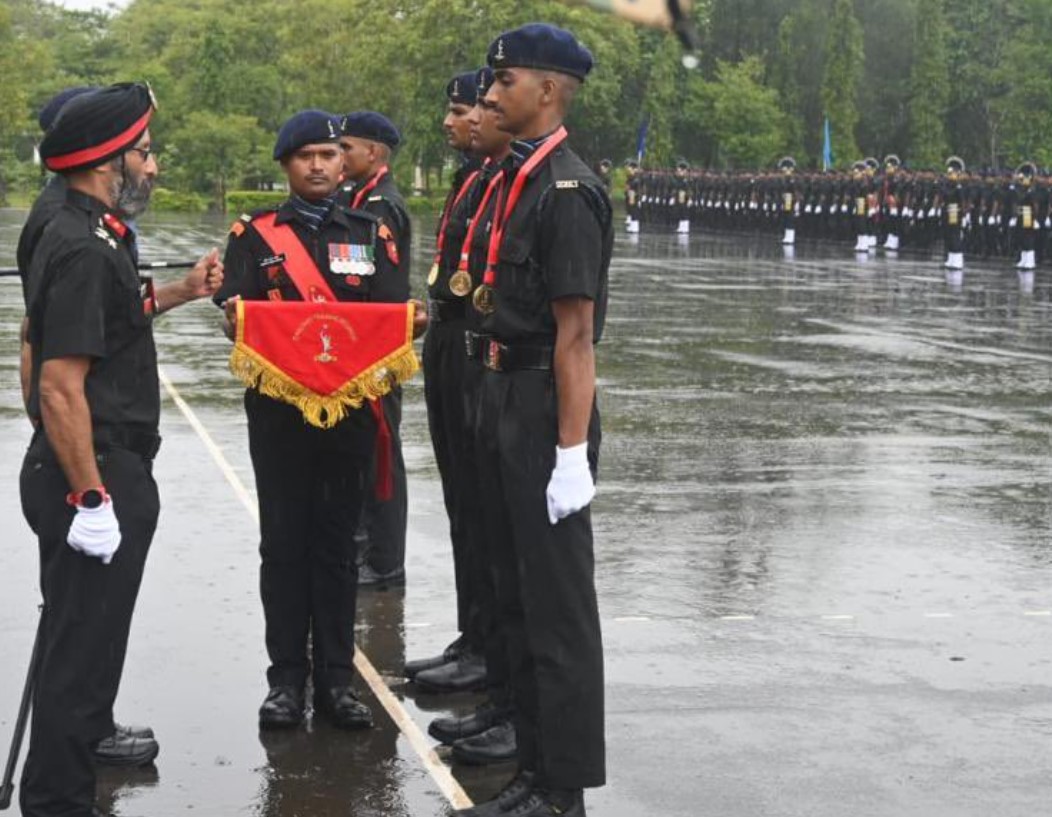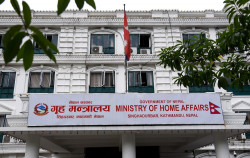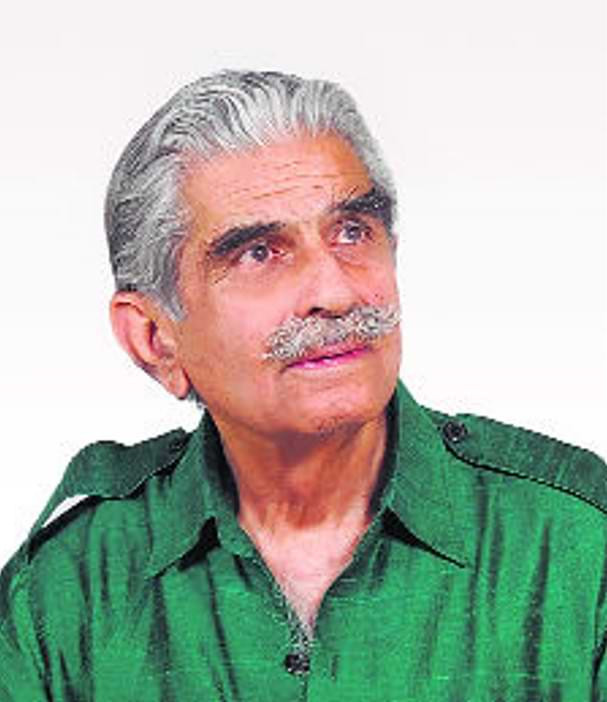Defence & Security

Silence over Agniveer in Nepal is becoming conspicuous. But in India there is misplaced excitement over the 40,000 Agniveers recruited last year, the first batch reporting to units in August and the second batch by the first week of October. They are full of josh with rank of Agniveer while the permanent cadre are Sepoys/Rifleman and above. Much is being made of them in Service Headquarters where special cells are monitoring their progress and evaluation for re-enlistment of 25 per cent after 4 years. The intake of Agniveers is by geographical Rural Male Population (RMP) as in the past, not by merit as in the case of the Navy and the Air Force. If you speak off the record with officers in the technical arms of services, they express concern and unhappiness over the duration of their advanced military training, which has been severely curtailed. Reliance is on-the-job learning. The story in the Navy and Air Force is even more depressing.
Veterans’ critique of Agniveer has not subsided but critique fatigue has overtaken. By 2030, half the Indian Army will be Agniveers. Then it will be a very unhappy Battalion Commander leading them or he will be one who believes in destiny. Unhappier still will be the Gorkha Battalion commanders without additional recruitment of 15,000 Nepali-domiciled Gorkhas, which, translated on the ground, would mean that nearly half of the 42 Gorkha battalions would have disappeared with only Indian Domiciled Gorkha Agniveers in the majority. By 2024, reduction of Gorkha battalions will start to maintain minimal operational strength already undermined by zero recruitment from 2019 due to Covid and Nepal’s silence of over one year on the Agnipath scheme.
By 2030, I suspect, Gorkha Brigade will disappear, losing its identity and cohesion, converted to Kumaoni and Garhwali battalions. This back of the envelope calculation is on the assumption that the Indian government is unable or unwilling to persuade the Government of Nepal into relenting and accepting Agniveer on present terms. With a better package of enhanced service and larger retention (seven years instead of four years’ service and 50 per cent instead of 25 per cent re-enlistment) or total exemption from Agniveer, the prospects of Communists in Nepali government and opposition accepting terms of recruitment are higher. But it seems as an astute Nepali ex-serviceman told me: “India probably has a secret plan to stop the recruitment of Gorkhas and the Communists in my country will oblige.” The stars will shortly come into the right constellation for this, he added.
Last month, Prime Minister Pushpa Kamal Dahal Prachanda was to meet an ex-servicemen delegation before going to the UN and China but that did not happen. As the leader of the ten-year old insurgency against the royal rule, he knows the value and grit of Gorkha soldiers. He also knows that today’s youth, while still attracted by soldiering, are equally fascinated by service in foreign countries where they can also be educated and settled lucratively, which is happening today in Australia, New Zealand, Canada and other western countries. Many Nepali youth have reportedly joined the Russian Army whose key attraction is Right to Residency in Russia after one year of military service. Nepalis are joining the French Foreign Legion, British Army, Singapore Police and, like the Sikhs once, can be found all over the world.
Still, there might be many (something is better than nothing) who want to become Agniveers in the Indian Army, which is regulated by the 1947 Tripartite Treaty on Recruitment between Britain, India and Nepal. Nepal believes the treaty has been violated by the Agnipath scheme. It is another matter that India unilaterally announced Agnipath without consulting a friendly neighbour, Nepal, with which it claims to have special and unique relations. Gorkha recruitment is a key factor of the bilateral strategic relationship and has provided an assured pro-India platform in Nepal.
Nepal has not done its sums on the financial benefit of Agniveer. With approximately 22,000 Nepali Domiciled Gorkha Soldiers (NDG) soldiers and 85,000 Indian Army NDG pensioners being paid on an average INR6 lakh (excluding allowances) and INR3.8 lakh per annum respectively, total outlay and remittance to Nepal per annum is IRs4500 crore. The average span of service of soldiers is 20 years and the currency of pension is 50 years. If there is no recruitment under Agniveer, entire remittance will stop in the next 70 years (20+50) years.
If Nepal accepts Agniveer in the next 70 years, the overall effect is that IRs4500 crore will gradually reduce to IRs 1827 crore (40 per cent) which will include pension of Permanent Cadre Agniveer and salaries of Permanent and Temporary Agniveers. Reduction in pay will be very marginal, from present IRs 1290 crore to IRs 1242 crore with Agnipath scheme. Reduction in pension though will be substantial that is 68 per cent (IRs 3146 crore to IRs 585 crore). But this will happen in 70 years – ek pusta, in Nepali, or in one generation. Remittances are the number one earner for the economy as almost one-third of the Nepali population of 30 million is abroad at any time, including in India.
It seems Nepal is shedding its mercenary tag discounting financial benefits from Agniveer. It is also an assertion of its self-respect and dignity. All recent Indian ambassadors to Nepal except one have acknowledged the exceptional role of NDGs and ex-servicemen in promoting bilateral relations and being a strategic asset. Most beguiling though is the silence of the Army hierarchy over the slow demise of Gorkha Brigade. Equally puzzling is the inaction on the part of Gorkha veterans who include a former Army Chief and scores of two and three star Generals who put their name on various service issue petitions to powers that be. Now on the Gorkha issue they are silent. And the saddest of all is that Gorkha Brigade is unravelling under the watch of the seniormost Gorkha officer of the Army - CDS Gen Anil Chauhan, 11 Gorkha Rifles. But his own re-enlistment and appointment has become a handicap.
Also Read: Agnipath: Nepali Gorkha recruitment options before India
Also Read: Indian Gorkha veterans call for swift Gorkha recruitment






